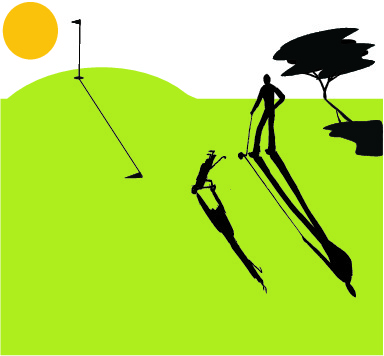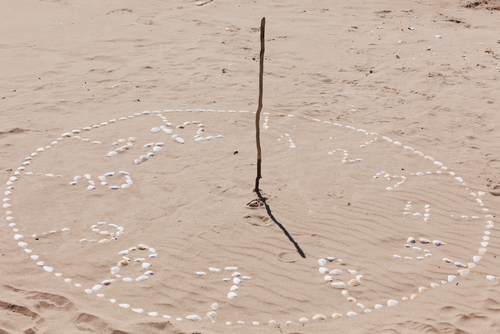Shadows don't stay the same. If you move, your shadow moves with you.
You've probably also noticed that the shadow of something that doesn't move, such as a house, can move too. Have you thought about why that happens?

The light is coming from the Sun and it is being blocked by the house. As the Sun changes its position in the sky, shadows of objects that stay still, will move! This is because shadows always appear on the opposite side of an object to the Sun or light source.
When the Sun rises, shadows appear longer and in the opposite direction to the light source. The Sun rises in the east, so the shadow will appear on the west side of the object.
As the Sun gets higher, the shadow will fall directly behind or beneath the object.
Then as the Sun sets in the west, the shadow will appear on the east side of the object.
.jpg)
Many years ago, people used the Sun and shadows to help them to tell the time, using a clock called a sundial.


The clock face lines up with the shadow and where the shadow falls, it shows what time it is! (approximately, you can't really tell minutes or seconds, but you can know the hour with a sundial!)
Remember that it's important to never look directly at the Sun because it will damage our eyes.
In this activity, we will look at why shadows change during the day, and how this can be a useful way of telling the time.








